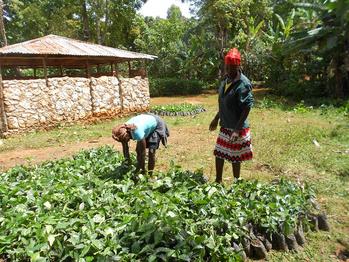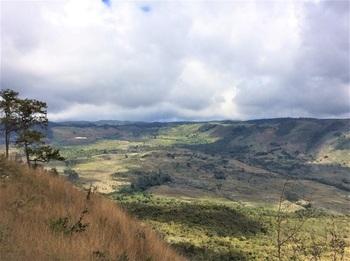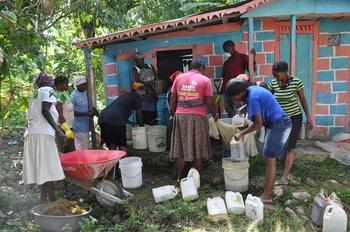Context
Haiti and the Dominican Republic are amongst the countries most greatly endangered by climate change. Periods of drought and extreme rainfall are becoming more common. The La Selle and Jaragua-Bahoruco-Enriquillo (JBE) biosphere reserves in Haiti and the Dominican Republic respectively are situated in the southern massif on the island the two states share. They are the first recognised biosphere reserves in either country and serve as model regions for sustainable development which prioritises the protection and the environmentally friendly use of natural resources. They are called key biodiversity areas and have been part of the Caribbean Biological Corridor since 2007. The conservation of flora and fauna is extremely important.
Yet these regions are among the poorest on the island. On the Haitian side, 30 per cent of the soil on the reserve can barely be used for cultivation any more because of its poor condition. Many areas have been deforested and a great deal of soil has been lost due to erosion. Biodiversity on both sides of the border is suffering from significant over-exploitation and environmental damage from agriculture. At the same time, the population is virtually unprepared for the changing climate conditions. Due to environmental and climate risks in the border regions of both biosphere reserves, the situation is threatening to deteriorate even further.
Objective
Protected ecosystems in the Dominican-Haitian border region of biosphere reserves which are used in an environmentally friendly manner offer local people better foundations for adapting to climate change.


